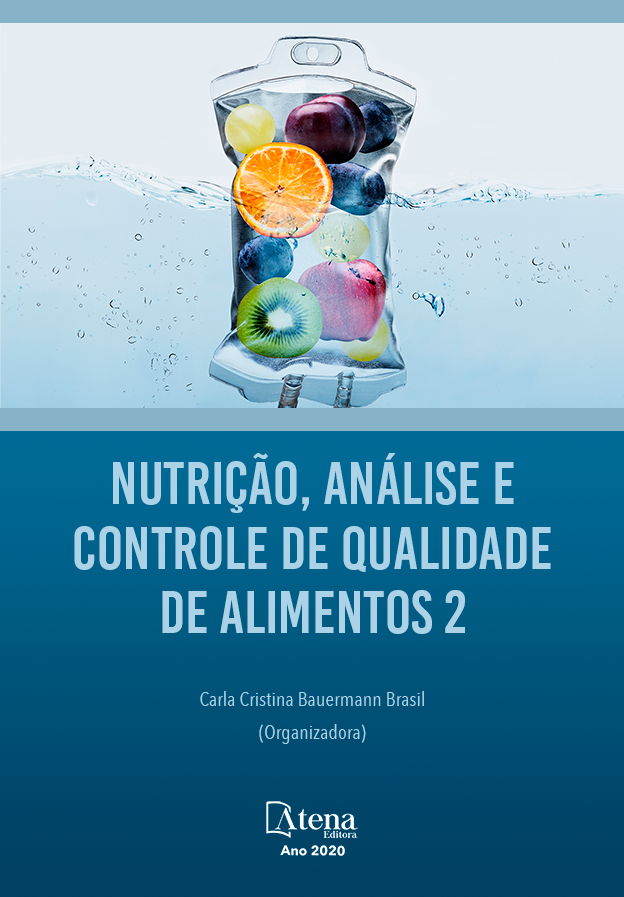
COMPOSIÇÃO BIOMÉTRICA E QUÍMICA DO MILHO PRODUZIDO NO CENTRO TECNOLÓGICO DE AGRICULTURA FAMILIAR DE PARAUAPEBAS-PA
O milho (Zea mays L.) é uma das culturas que vem crescendo anualmente, principalmente, em decorrência de sua utilização direta na fabricação de ração destinada aos animais e de forma natural quando empregado a alimentação humana. Em vista disso, o presente estudo teve como finalidade realizar a caracterização do milho produzido na Região Sudeste do Pará, visando a agregação do valor econômico para os grãos produzidos na região. Para a caracterização física e química das espigas de milho, foram utilizadas a cultivar do tipo híbrido duplo BR 205 Embrapa, o qual foram coletadas no Centro Tecnológico de Agricultura Familiar de Parauapebas-PA. Na caracterização física foi determinada a média de peso das espigas (PE), peso dos grãos (PG), peso da palha (PP) e avaliação do diâmetro e comprimento das espigas (ADCE) e para a caracterização química foi feito as análises do pH, acidez total titulavel (ATT), sólidos solúveis totais (STT), umidade, cinzas, proteínas, lipídios, carboidratos e valor energético total (VET). Em relação à caracterização física das espigas, os parâmetros avaliados foram: comprimento médio das espigas com palha (32,76 cm) e sem palha (20,88 cm), diâmetro médio da base da espiga com palha (5,83 cm) e sem palha (4,72 cm), diâmetro médio do meio da espiga com palha (5,37 cm) e sem palha (4,62 cm), diâmetro da ponta da espiga com palha (4,05 cm) e sem palha e (3,63 cm). Também foram avaliados o peso médio das espigas com palha (352,36 g) e sem palha (225,40 g), e rendimento dos grãos por espiga (133,50 g), valores próximos aos relatados na literatura. Os teores médios de cinzas, lipídios, proteínas, carboidratos e valor energético total, obtidos para o milho, estão próximos aos estabelecidos pela Tabela Brasileira de Composição de Alimentos – TACO. De acordo com os resultados obtidos, as espigas podem se tornar uma fonte alternativa de geração de renda aos agricultores familiares do município de Parauapebas-PA
COMPOSIÇÃO BIOMÉTRICA E QUÍMICA DO MILHO PRODUZIDO NO CENTRO TECNOLÓGICO DE AGRICULTURA FAMILIAR DE PARAUAPEBAS-PA
-
DOI: 10.22533/at.ed.92420271017
-
Palavras-chave: Zea mays, Caracterização, Sudeste do Pará
-
Keywords: Zea mays, Characterization, Southeast of Pará
-
Abstract:
Corn (Zea mays L.) is one of the crops that has been growing annually, mainly due to its direct use in the manufacture of animal feed and in a natural way when used for human food. Thus, the present study intended to characterize the corn produced in the Southeast Region of Pará, aiming add economic value for the grains produced in the region. For the physical and chemical characterization of ears of corn, the cultivar of the double-cross hybrid BR 205 Embrapa was used, which were collected at the Family Farming Technological Center of Parauapebas-PA. In the physical characterization the average weight of the ears (WE), weight of the grains (WG), weight of the straw (WS), and evaluation of the diameter and length of the ears (EDLE) were determined. For the chemical characterization the pH analyzes, total titratable acidity (TTA), total soluble solids (TSS), moisture, ash, proteins, lipids, carbohydrates, and total energy value (TEV) were made. Regarding the physical characterization of the ears, the parameters evaluated were: average length of ears with straw (32.76 cm) and without straw (20.88 cm), average diameter of the base of the ear with straw (5.83 cm) and without straw (4.72 cm), average ear diameter with straw (5.37 cm) and without straw (4.62 cm), diameter of the tip of the ear with straw (4.05 cm) and without straw (3.63 cm). The average weight of ears with straw (352.36 g) and without straw (225.40 g), and grain yield per ear (133.50 g) were also evaluated, being these values close to those reported in the literature. The average levels of ash, lipids, proteins, carbohydrates and total energy value, obtained for corn, are close to those established by the Brazilian Table of Food Composition - TACO. According to the results obtained, ears may become an alternative source of income generation for family farmers in the municipality of Parauapebas-PA.
-
Número de páginas: 16
- Fábio Israel Martins Carvalho
- Luiza Helena da Silva Martins
- Vicente Filho Alves Silva
- José Nilton da Silva
- Marcos Antônio Souza dos Santos
- Claudete Rosa da Silva
- Josiane Pereira da Silva
- Rodrigo Oliveira Aguiar
- Rodrigo de Souza Mota
- Priscilla Andrade Silva


